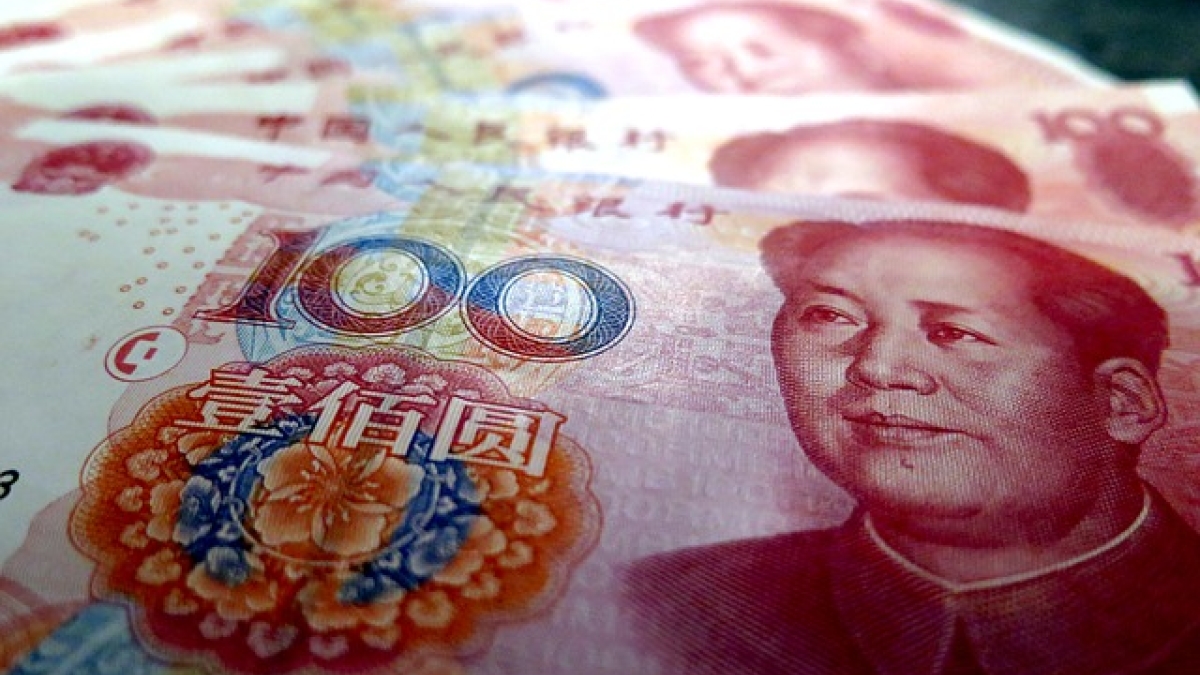Editor's note: Written by Mary Teagarden, associate dean — faculty and administration, professor of global strategy and editor of the Thunderbird International Business Review.
What’s wrong with China tariffs? This tit-for-tat tariff battle is a fight about who owns the future.
China is betting on and investing in the future with their Belt and Road initiative that builds infrastructure in Asian markets, especially Southeast Asian markets, and Central and Eastern Europe. Belt and Road holds the potential for Chinese economic dominance in these regions — future emerging markets.
China is also betting on the Made in China 2025 initiative that is essentially picking, developing and supporting winner industries of the future, the very pillars of the coming Industry 4.0 — AI, semiconductors and robotics, for example. Taken together, Belt and Road and Made in China 2025 represent a strong forward-looking growth and development strategy. At the same time, the U.S. is protecting sunset industries like steel, at a time when alternative materials hold much more promise for the future; and coal, when more efficient and safe alternative energy is the future. One thing wrong with tariffs is that U.S. policy is playing a losing game trying to keep a firm grasp on the past.
Who suffers? Who doesn’t?
Tariffs and tit-for-tat retaliation are bad for all involved — customers, manufacturers, agriculture and the economies of the countries involved. They result in higher prices for imported goods and higher costs for exported goods. The cost of products subject to tariffs will rise for U.S. customers and foreign customers of U.S. goods. A second thing wrong with tariffs is that they hurt domestic and foreign consumers.
Exiting TPP weakened the U.S. position in the Asian region where U.S. firms compete for markets and talent. Imposing tariffs only plays into China’s increasingly strengthening hand in the region. A third thing wrong with tariffs is that they strengthen China’s geopolitical hand, especially in emerging markets, by raising the cost of U.S. goods. Is that what we really want?
Do we want to poke the dragon?
We need China’s political support and influence in the region, especially in our relationship with North Korea, a country that borders China. The reaction to tariffs on Chinese goods only serves to fuel the growing nationalism in China. This is likely to contribute to pressure on the Chinese government from its citizens to take a hard line against the U.S. A fourth thing wrong with tariffs is that they make us less safe. Do we really want to “poke the dragon” when this is against our national security interests?
China is the largest holder of U.S. foreign debt, holding 19 percent. All foreign countries hold about 47 percent of the U.S. $21 trillion national debt. A fifth thing wrong with tariffs is they position us in an adversarial relationship with our “banker.” If China stops buying our debt, our economy will slow, undermining the recent gains — and theirs will too. Do we really want to put our economy at risk?
Will tariffs have the result intended?
There are many things wrong with tariffs on Chinese goods. This is not to say that there are not problems in the U.S.-China trade relationship. Technology leakage, lack of IP protection, government support of Chinese business, relatively low cost of capital and a trade imbalance are just a few of the issues.
However, U.S. companies have chosen to enter China well aware of these challenges. They do so because it makes economic sense given the size of the China market, its attractive growth rate (especially compared to the U.S.), and the cost advantage they derive from a China presence. To a large degree, the choices made by U.S. companies drive the trade imbalance that tariffs are intended to address. The choice to locate R&D activities in China for cost advantage, and the lack of sophistication handling their IP in China, contribute to the theft of IP — a second thing tariffs are intended to address. Chinese firms will copy US technology until it is less costly to create their own IP than to copy that of others. There is lots of “blame” to go around — most of it rooted in rational economic behavior.
In a nutshell
Tariffs hurt everyone. Tariffs put us at economic and safety risk. Tariffs weaken our geopolitical hand.
There is a lot wrong with tariffs on Chinese products. Tariffs should only be used as a last resort after every other option, like collaboration, has been exhausted. Tariffs are a very ineffective and blunt tool for solving trade disputes. There are only losers in a tariff war. Imposing tariffs on Chinese goods is the first volley of that trade war.
More Law, journalism and politics

Arizona secretary of state encourages students to vote
Arizona Secretary of State Adrian Fontes looked right and left, taking in the more than 100 students who gathered to hear him…

Peace advocate Bernice A. King to speak at ASU in October
Bernice A. King is committed to creating a more peaceful, just and humane world through nonviolent social change.“We cannot…

CNN’s Wolf Blitzer to receive 41st Walter Cronkite Award for Excellence in Journalism
Wolf Blitzer, the longtime CNN journalist and anchor of “The Situation Room With Wolf Blitzer,” will accept the 41st Walter…
